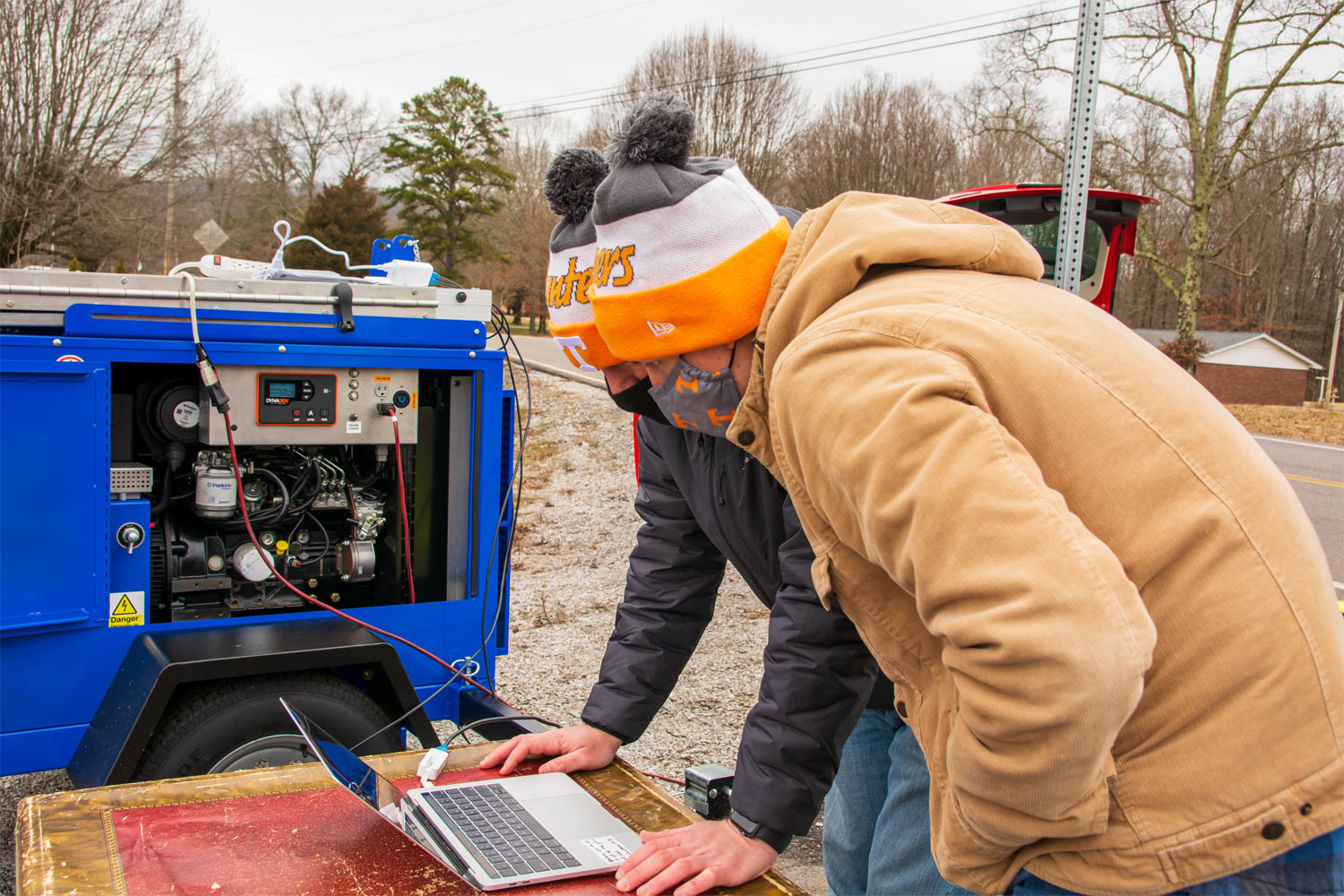The internet is an era-defining invention of modern times, having changed the way people communicate, conduct business, consult with medical professionals, and, as the recent pandemic has shown, pursue their education.
By David Goddard. Photography by Yvette Gooden.
Such vital elements of everyday life relying on the internet underlines the importance of access, yet recent studies show that 13 percent of Americans—about 42 million people—have no ability to connect. That’s 3 million more than the entire population of California, the most populous state.
In rural areas, the percentage of people lacking internet access can be even more dramatic due to factors including geographic landscape, economic and infrastructure issues, and a more widespread population.
In Roane County, Tennessee, roughly 30 percent of the population cannot access high speed internet, or, in some cases, any internet at all.
“That includes approximately 6,300 students attending Roane County schools and home schools who currently do not have access to a robust, reliable, and affordable broadband internet solution,” said Nathaniel Sexton, team leader on a senior design project from the Department of Industrial and Systems Engineering (ISE) that is helping address the issue.
“There are some options available, such as fixed wireless and dial up, but these are not reliable and most times not very affordable. Some residents have been quoted thousands of dollars to get internet connection to their house because the infrastructure is not there.”
-
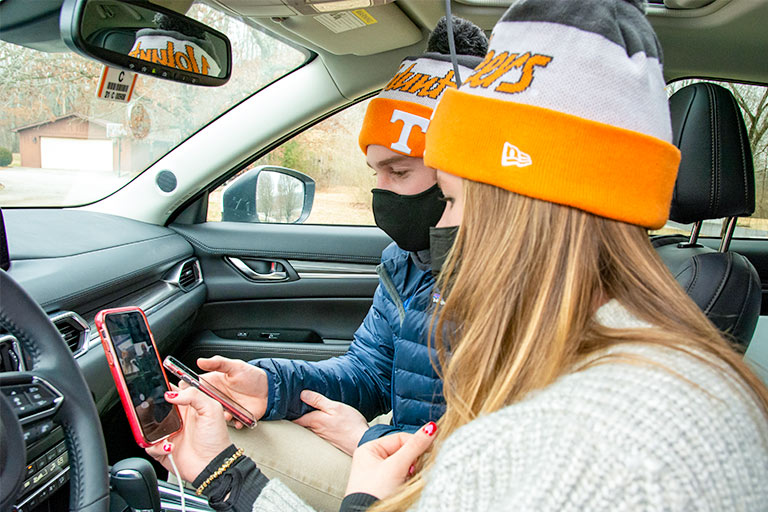
Students testing network signal. -
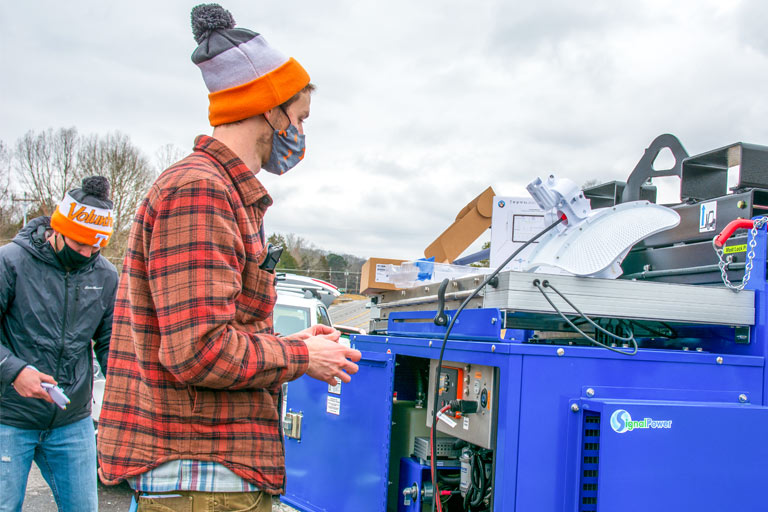
Students working on signal trailer.
-
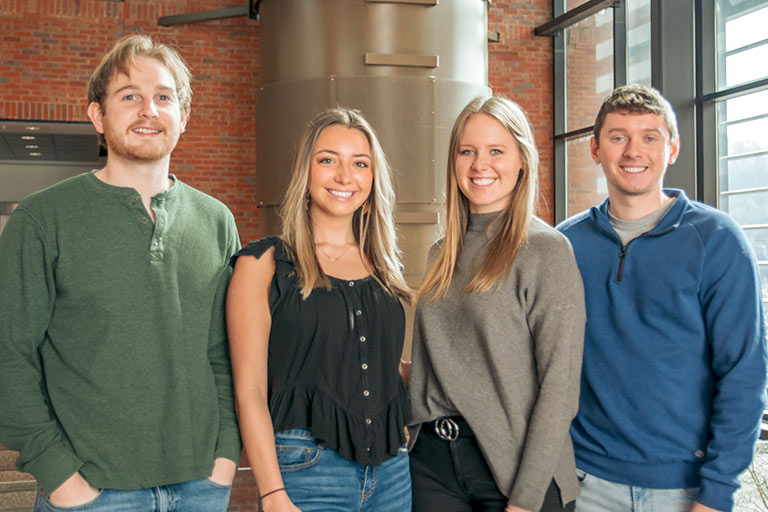
Group shot of student team in the Tickle Engineering Building. -
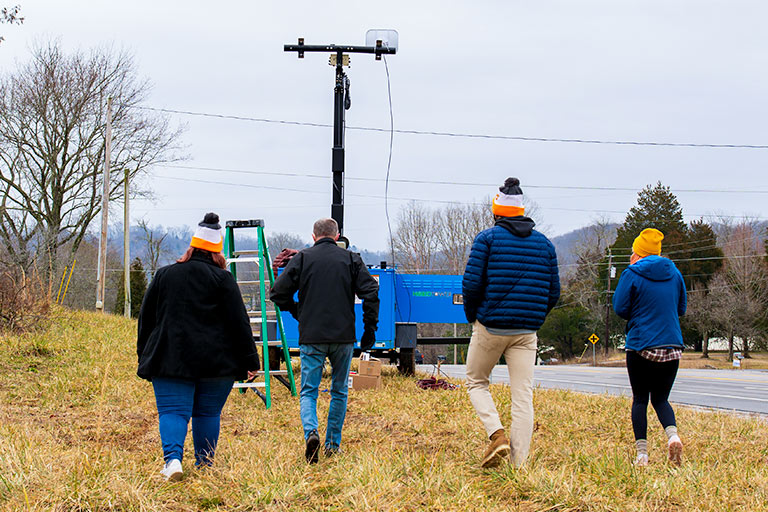
Students at test site in Roane County.
The ISE students teamed with other students from a college-wide interdisciplinary senior design (ISD) project to find a solution to provide cost-effective, reliable, and high-performing internet to Roane County, with each team bringing specific skill sets and working toward their own goals as part of the overall effort.
The focus of the ISE team was on signal optimization within the county, analysis of the operation and installation of the system, and its long-term economic feasibility. The ISD team was originally tasked with creating a low-cost, movable Wi-Fi that could be deployed in the event of natural disasters or outages—technology that had found a natural role in the Roane County project.
The team’s combined efforts produced a Light Tower Chain—a device roughly the size and shape of an elongated shoe box, making it extremely portable, easy to handle, and far more budget friendly to install than stringing new internet cables.
“Our design is different from others because it is easily deployable, easily accessible to many users, and relatively low-cost, while other systems usually have a massive upfront cost or have a very high monthly cost,” said Matthew Jones, an electrical engineering senior who leads the ISD team. “A lack of hard-wired internet means there is little to no streaming access for those households, making things like distance learning impossible and putting students at jeopardy of falling behind in their studies. That’s why our device can make such a big difference.”
The team was quick to credit Chattanooga-based Signal Power and wireless communications company Ubiquiti for their support, and Harriman-based ROANEnet, for helping bring the project to fruition through their push for improved internet access in Roane County.
While the initial goal is location-specific, the success of the project could lead to implementation across the rural areas of Tennessee’s 95 counties and beyond, helping all Tennesseans truly get connected.
ISE graduate student Lorna Treffert helped coordinate the project under the direction of Assistant Professor of Practice Floyd Ostrowski. In addition to Sexton, other ISE students on the team are Katherine Clayton, Katie Roberts, and Kevin McGinnity.
In addition to Jones, the ISD team consisted of Garrett Galbreath, Hans Perry, Jianjun Xu, and Rachel Dylewski under the direction of Electrical Engineering and Computer Science Professor Husheng Li. Edwards Assistant Dean and Director of Integrated Engineering Design Keith Stanfill provided additional guidance as ISD leader.
Interdisciplinary Senior Design Projects
The Interdisciplinary Senior Design program continues to pair students from both engineering and the Haslam College of Business with industry sponsors to design and build authentic products and processes.
2020–21 Projects by the Numbers: 6 business disciplines, 10 engineering disciplines, 6 sponsored design teams, 33 students, $37,500 in committed sponsor funding
In addition to the Light Tower Chain team, the other projects include:
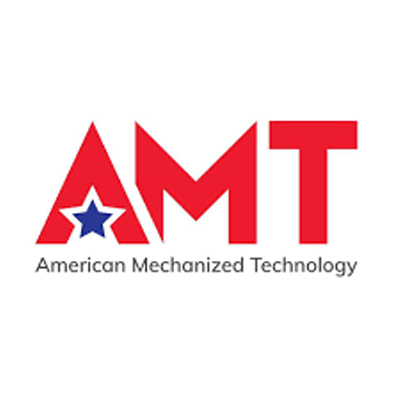
Mist Wizards
Team Name: Blue Oceanz Purifying Fog
Members: Michael Burnside, Braxton Heard, Matthew Herrell, Ben Koester, Matthew Rogers
Sponsor: American Mechanized Technology LLC
Summary: AMT has developed a contactless system to evaluate an employee’s temperature and decontaminate clothing and exposed hair and skin using a safe disinfecting mist. The primary design tasks are to develop a cost-effective way to produce disinfectant, determine the efficacy of the mist system for decontamination, and create the business model for producing and selling the system.
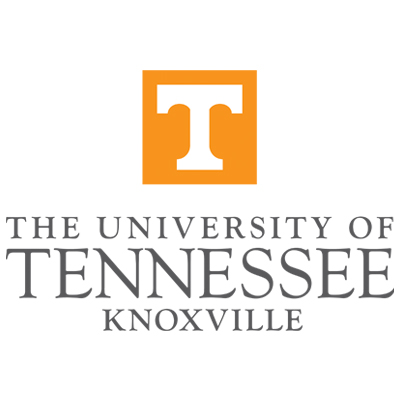
ELFs
Team Name: External Leg Fixation Wheelchair Support Innovation
Members: Olivia Da Ponte, Sydney Dobbs, Chelsea Hooker, Bradley Weaver
Sponsor: University of Tennessee , Knoxville
Summary: Optimize the design and complete the patent application, business plan, investor pitch, and regulatory assessment for an external leg fixation support for wheelchairs. Evaluate new markets and product variants.

Principal Aero
Team Name: Liquid Hydrogen Fuel Cell Large Scale Electric Passenger Plane Design and Business Model
Members: Aiden Baird, Jesse Buckley, Brian Coulter, Mattheus Fry, Timothy Hambly, Ashley Haylett, Caleb Saiyasak
Sponsor: Gloyer-Taylor Laboratories
Summary: Perform trade studies on large-scale electric passenger plane design. Evaluate adaptation of novel ultra-light-weight liquid hydrogen propellant tanks for use with fuel cells to power the aircraft. Create a business model and plan for the required LH2 infrastructure to support commercial operation.
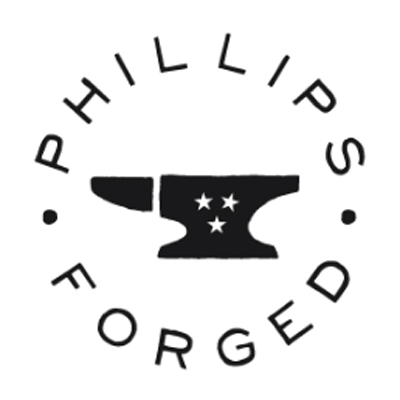
Panz on Fire
Team Name: Forged Cooking Pans Manufacturing System and Site Selection Planning
Members: Lance Ellington, Samuel Lee, Femi Millo, Zachary Newman, Madeline Thomas, Tanner White
Sponsor: Phillips Forged
Summary: Design the manufacturing system to produce forged cooking pans at scale. Identify required equipment, facility layout, site selection criteria, and business plan for implementing the system.
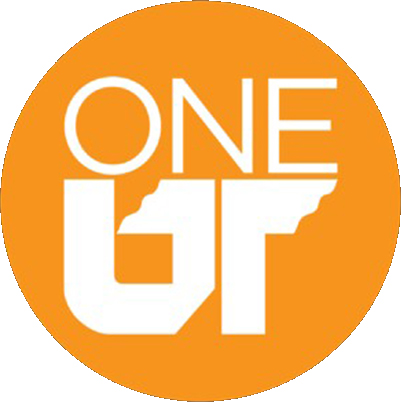
Neu Robotics
Team Name: Socially Assistive Robots for Alzheimer’s Patients
Members: Kassidy Boone, June Cho, James Johnson, Cheyanne King, Tarun Kukreja, Mark Lee
Sponsor: OneUT
Summary: Design and develop a social robot that can provide supportive interactions with ADRD patients as well other older adults with cognitive impairment. The social robot can be used as a personalized social companion, which helps to engage patients via conversation, games, and storytelling activities. The team will design a human-like robot and make the physical body using 3D printing. The team will adopt open-source tools such as Google Cloud products to create accessible interactions for patients.
